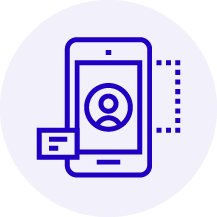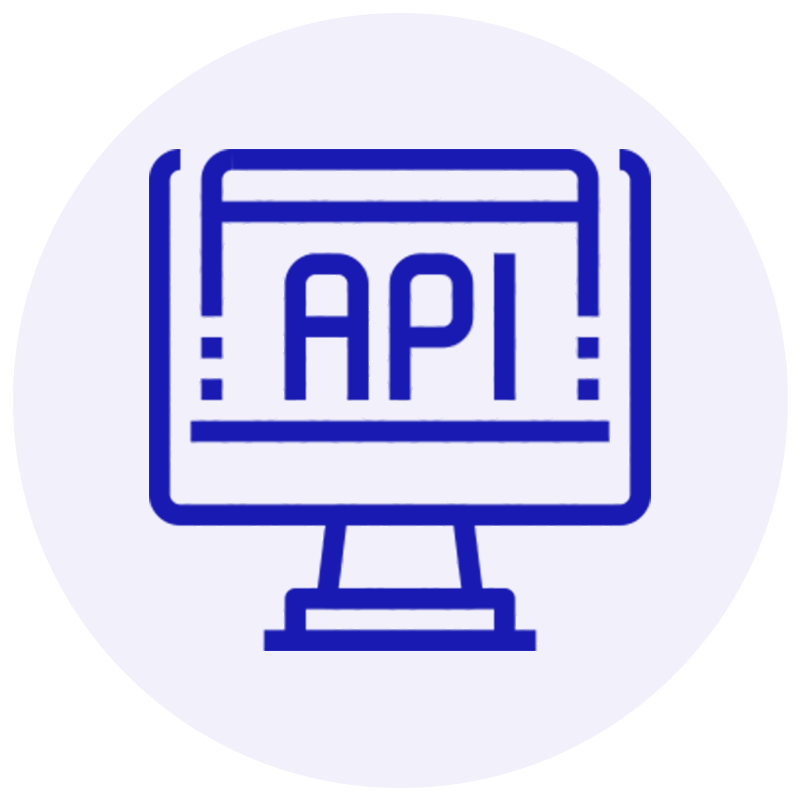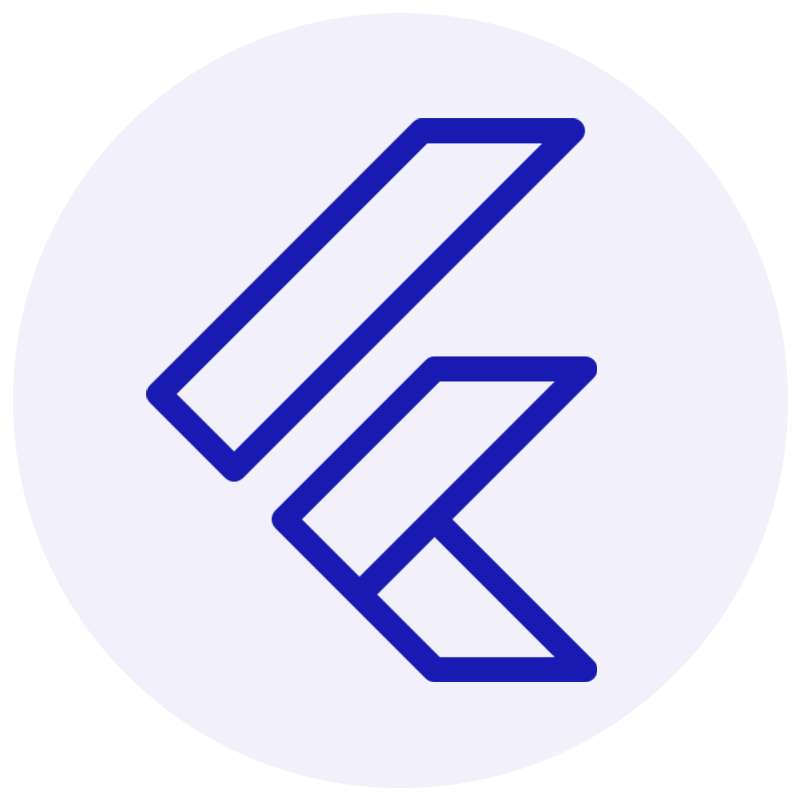
by Chris Adams | Mar 11, 2022 | Automation Testing, Blog |
Software and technology have raised people’s living standards all across the world. To that end, new software products are being released every day, each one better than the previous one, allowing the digital world to expand a little quicker.
Software development has emerged as a vital actor in the digital revolution, bringing several advancements to every firm along the way. There is a set of standards for any software product released for real-time use to assure the most incredible user experience for the consumer. Software testing, which checks the created code before deployment, is one of the most critical processes in the software development method.
Given the volume of software testing conducted every day, it was only a matter of time until test automation tools established a solid foothold in the digital market. Automation has built a name for itself by speeding up software testing and assisting enterprises in delivering products more effectively.
What is Test Automation, and How Does It Benefit Software Testing?
Before software is launched into production, automated testing ensures that it works correctly and fulfills requirements. This type of software testing employs programmed sequences executed by testing tools. Automated testing tools conduct software tests, provide findings, and compare them to previous test runs.
An organization can use automated tests for various purposes, including unit, API, and regression testing. The fundamental advantage of automated software testing is that it condenses as much manual labor as possible into a series of scripts. For example, if unit testing consumes a significant portion of the resources of a quality assurance (QA) team, this process should be considered as a candidate for automation.
Automated testing may be conducted at any time of day. This method is consistent with continuous testing and continuous integration (CI) and continuous delivery (CD) software development practices, all of which strive to move code changes to production without requiring manual intervention.
What are the Test Automation Criteria?
Automation aims to provide cost-effective, scalable solutions that decrease human labor. But this is why automation cannot be applied to everything. Some solutions may be too time-consuming or expensive to automate. We can limit down test solutions that are ready for automation by rating them using the criteria listed below.
The advantage of automated testing is proportional to the number of times a specific test may be run. Manual testing is preferable for tests that are only conducted a few times. Good automation test cases are performed frequently and require significant data to execute the same activity.
You may maximize the value of your automated testing efforts by automating:
- Tests that are repeated for numerous builds.
- Tests that are prone to human mistakes.
- Tests that necessitate the use of numerous data sets.
- A frequently used function that introduces high-risk situations.
- Tests that are impossible to carry out by hand.
- Tests that are conducted on a variety of hardware or software platforms and settings.
- Manual tests that require a significant amount of work and time.
Conclusion
Test automation is a critical aspect of any software development process. With an increase in the number of products being shipped out in the market each day, it is essential for organizations to use automation software to meet the growing demand for high-quality software. By cutting down the repetitive manual effort for software testing, automation helps to improve the software development process and ship high-quality products quickly.
Are you looking for the top software testing companies in the USA? Codoid offers world-class testing services to ensure that your application is ready. Get in touch with us to learn more!

by admin | Jan 19, 2022 | Automation Testing, Blog, Latest Post |
Now that the digital landscape is continuously growing momentum, your website mustn’t fall behind progress, especially since consumer behavior is trickier now more than ever.
If there’s anything you should invest in your business, it’s to ensure that you’re providing the perfect website for your brand. This is because it’s not only you who’ll be using it; your customers will be there to learn more about your brand, products, and services. So if your web development and design aren’t close to perfect, it may affect your customer’s user experience.
A fantastic way to achieve a strong and effective website is through testing, code review, and site audits. With that said, it’s worth paying attention to automated testing to guide you through the development process. In essence, automated testing helps reduce risk and serves as a guide through the development stage.
For this reason, it’s best to partner up with credible automation testing companies to ensure that you’re conducting the right tests to improve your website’s performance.
Reasons You Should Consider Automated Testing for Web Development
Working with automation testing companies can provide you with a plethora of benefits. Here are some reasons you should consider automated testing right now:
Reason #1: It’s Incredibly Time-Efficient
When you integrate automated testing, you get to conduct a huge number of tests and run them at the same time. If you do this manually, it could take forever, affecting your development and design stages. With automation, you get to speed up the deployment of new features and updates and get to deliver projects just in time.
Reason #2: You Can Reuse the Same Tests
With automated testing, you’re able to use the same tests, and you can run them multiple times so you can make the necessary adjustments to your codes and design. This is because established and ready scripts are pretty handed and can help with different scenarios, especially when delivering different projects.
Reason #3: You Get to Test in Different Browsers, Devices, and Scenarios
Perhaps one of the best things about automated testing is that you get to execute cross-device and cross-browser testing to see if your website will work seamlessly on different platforms. With automated testing, you’re able to benefit from various testing coverage and scenarios, reducing risks and preparing you for different situations.
Reason #4: Utilize Regression Testing
You can reuse tests to help fuel regression testing, thanks to automated testing. This test allows you to make changes, especially with complex features and updates, enabling you to make many tests on different platforms as well.
Reason #5: You Get High Accuracy and Better Results
Unlike manual tests, which are monotonous and repetitive, automation testing is quite the opposite. With manual tests, you may miss a bug or forget a certain step, but with automated testing, you get to test frequently and get accurate results since you eliminate human error.
The Bottom Line: If You Want to Improve Your Website, It’s Best to Integrate Automated Testing
There’s no doubt that businesses are even more competitive now, especially since more businesses are claiming digital real estate. Because of this, it’s safe to say that you should produce a strong and effective website for your consumers to enjoy. However, testing is a vital component for this, and with that, it’s worth working with a credible automation testing company to ensure that your site is up to speed at all times!
How Can We Help You?
Codoid is an industry leader in QA, leading and guiding communities and clients with our passion for development and innovation. Our team of highly skilled engineers can help your team through software testing meetup groups, software quality assurance events, automation testing, and more.
Are you looking for automation testing companies? If so, reach out to us today!

by admin | Jan 19, 2022 | Automation Testing, Blog, Latest Post |
Most firms in the business software industry are moving towards accelerated and agile methodologies. One of the essential specializations in these companies is automation testing, replacing manual testing. Automation is also key to the business success of the software industry.
A professional who performs automation testing has many essential skills, which their managers must know before making a particular person head of automation testing. A few of these skills are listed below:
1. The Ability to Manage and Prioritize Tests
Managers want to know that their automation testers can handle multiple assignments simultaneously. As a professional, you must know how to prioritize, which is a successful automation tester’s essential skill. Allocate the tests so that the most important ones are executed first. For example, the tests that were left incomplete during the last sprint should be worked on first.
2. The Ability to Identify and Resolve Bugs
Managers should know that a successful automation tester can identify and resolve bugs. Only when a tester can identify the bugs and fix them can the company ensure that the product will be ready for production. They should be able to write automation scripts that identify and resolve bugs.
3. The Ability to Identify and Track Bugs
Managers want to know that their automation testers can identify and track new bugs in software. The testers must track bugs effectively to resolve issues as soon as possible.
4. The Ability to Identify and Understand the Business Requirements
Managers want to know that their automation testers have an in-depth understanding of the business requirements. This is important to create practical tests and meet the business goals.
5. The Ability to Write Automation Scripts
Managers want to know that their automation testers can write scripts ready for execution. A good automation tester must have the skill of writing precise, efficient, and effective automation scripts.
6. The Ability to Investigate Bugs
Managers want to know that their automation testers can investigate the cause of an issue. As a professional in the industry, you must master the art of investigating bugs. The managers want to find someone who can create tests and resolve issues.
7. The Ability to Write Test Scenarios
Managers want to know that their automation testers can write test scenarios clearly and effectively. Automation testers should be able to write compelling and thorough test scenarios.
8. The Ability to Use Automation Tools
Managers want to know that their automation testers can use QTP and Selenium effectively. QTP, Selenium, and other types of automation tools are used to test a software package, and you must be aware of the importance of these tools.
Conclusion
Automation testing is a niche specialization in the business software industry. It is one of the essential specializations because it helps a software company save time and money. Automation testing has a huge industry, and it is growing worldwide.
Therefore, automation testing is an essential specialization that the software industry employs today. The software industry’s future depends on automation testing, which is why managers must know the skills of a qualified automation tester before offering them a job.
Codoid is an industry leader in QA. We don’t say this just to brag–we say this because it is our passion to help guide and lead the Quality Assurance community. Codoid does it all: web, mobile, desktop, gaming, car infotainment systems, and mixed reality applications. Our automation testing services will help you to test your applications across multiple platforms, devices, browsers, and wearable devices. If you need test automation services in the United States, get in touch with us now! Let us know how we can help.

by admin | Jan 6, 2022 | Automation Testing, Blog, Latest Post |
As per a recent report, the global automation testing market is expected to grow from an already high $20.7 Billion to a mammoth $49.9 Billion by the year 2026. So in such a fast-growing domain, you might lose out on a lot of potentials if you fail to keep up with the current trends in automation testing. Being a leading QA company that provides top-of-the-line automation testing services to all our clients, we have created this list of current trends in automation testing based on real-world scenarios and not assumptions. So let’s take a look at automation testing trends to keep an eye on for 2022.
Automation Tools Powered by AI and ML
Artificial Intelligence and Machine Learning are two technologies that have the potential to take automation to the next level as it eases everything from test creation to test maintenance. With the help of AI and ML, we will be able to automate unit tests, validate UI changes, ease regression testing, and detect bugs earlier than before. So we will be able to achieve seamless continuous testing with the least amount of effort and resources. Though such capabilities aren’t possible now, the prospect of being able to achieve such a feat doesn’t seem to be far away.
Codeless Automation Solutions
Such growth in AI and ML will also yield the rise of codeless automation solutions that are slowly gaining popularity. So the learning curve can be greatly reduced and a lot of time can be saved with such codeless automation solutions. If you’re wondering that codeless automation sounds a little too similar to Selenium Testing, make sure to read our blog about codeless automation testing to know its advantages and to understand how it is different from Selenium testing. As an experienced automation testing company, we have to say that codeless automation will not replace automation. But it will definitely come in handy.
Cloud-Based Solutions
Be it testing or collaboration tools, cloud-based solutions are already flying high and there seems to be no slowing them down in the near future as well. They have so many advantages to offer such as cost-effective infrastructure, reduced execution time with parallel testing, better test coverage, bug management, and so on. With the never-ending pandemic raging on, the implementation of such solutions will definitely be high.
The Emergence of IoT Testing
We are slowly seeing IoT being implemented in more and more avenues like smart speakers, smart home appliances like thermostats, lights, and so on. It goes without saying that all these products would have to be tested. And since almost all information sharing across these devices is achieved through APIs, the need for API testing will definitely be on the rise. Making it an undeniable entry to our list of current trends in automation testing.
Security Testing
Security breaches were also on the rise during the pandemic and privacy concerns with regards to the user data also became a talking point. So you will no longer be able to use real-world data to test security. Instead, you’d have to use masking or synthetic test data generation tools to perform security testing and finally conclude with various compliance tools as well.
Conclusion
Pretty much every single point we have seen in this list of the current trends in automation testing is about the various tools that will be useful. But we should also make sure to focus on our automation skills and self-improvement to make use of the state-of-the-art tools and methods to achieve continuous testing.
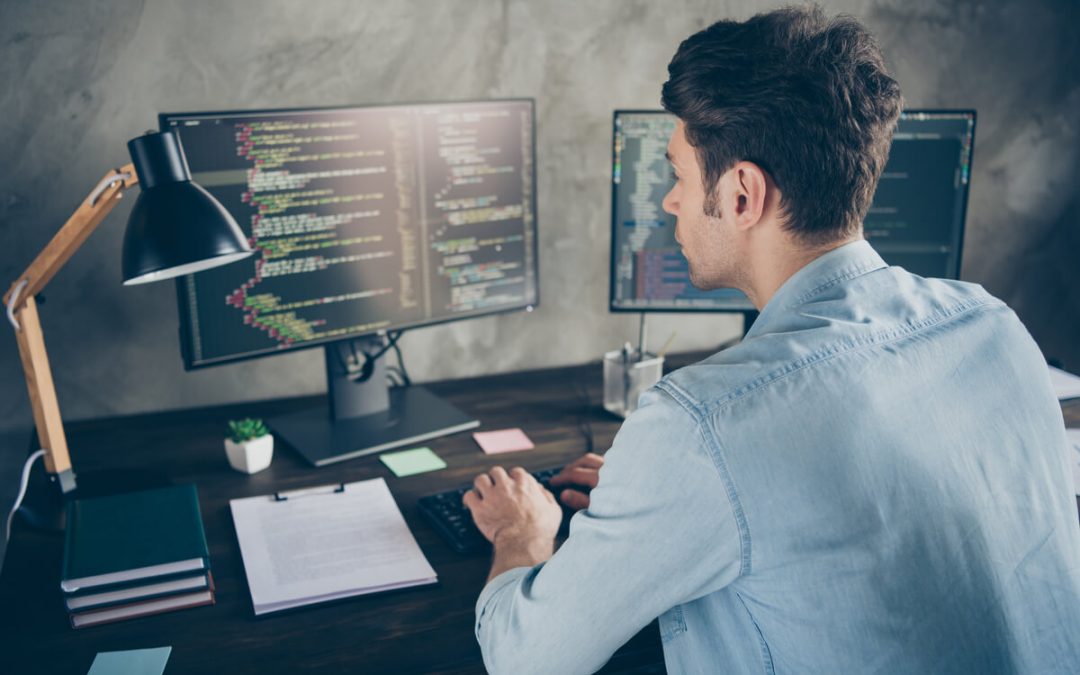
by admin | Dec 24, 2021 | Automation Testing, Blog, Latest Post |
As the name suggests, Endtest.io is a great option if you are looking for a great option for automating your end-to-end and regression testing. The best part about Endtest.io is that you could do all this for both mobile and web apps without having to code. So the end result here is that you get is quicker evaluation of quality for your products since it is instrumental in overcoming the bottlenecks that come with traditional testing. Being one of the best automation testing companies, we are always on the lookout for the best tools that can streamline our automation testing process. Endtest.io is one such tool that we have found to be very resourceful. So in this blog, we will be exploring why you should consider Endtest.io, and help you get started with it as well.
Why is end-to-end testing (E2E testing) Important?
E2E testing is crucial as it helps to thoroughly test the entire software by modeling and validating real-world scenarios. Since it is executed from the standpoint of an end-user, it helps establish system dependencies and guarantee that all features & integrations function as intended. So the chances of a system failure due to the failure of any of the subsystems becomes very less.
Why Endtest.io?
If you have done your own research on test automation solutions, you might have come across Selenium which is a very popular open-source tool. But Selenium lacks various features such as native video recording of tests, integrations with Jenkins, Jira, or Slack, e-mail notifications, and test scheduling. That is where Endtest.io comes into the picture as it addresses all these issues to give you a complete package.
Endtest.io is simple to use and has a very intuitive user interface. So even junior QA Engineers can work with it without any prior experience. Endtest’s website is also surprisingly simple to use and offers a lot of helpful documentation that can guide you through any doubts. If you are still finding it hard to resolve an issue or if you need additional help, you can reach out to their super responsive customer service via email or chat to get swift replies. Since they are open to suggestions that can help better your workflow or their product, you can approach them with your ideas. In fact, we have already discussed an option to include special characters with their team.
As stated earlier, we can also use Endtest.io to automate regression tests. Similar to E2E testing, regression testing is also very important and it will ensure that a recent program or code modification hasn’t broken any current features of the product. So regression testing becomes a must when introducing new features, repairing errors, or dealing with performance difficulties.
Getting Started with Endtest.io’s End-to-End testing
Now that we have seen the capabilities of Endtest.io, let’s find out how you can start using it. First and foremost, you would have to Sign up to EndTest by visiting this link and then log in using the valid credentials. Once your account creation is complete, you’d have to install the Endtest.io Chrome Extension (Web test recorder Codeless Automated Testing). So you needn’t have to download any separate software for Endtest.io to work.
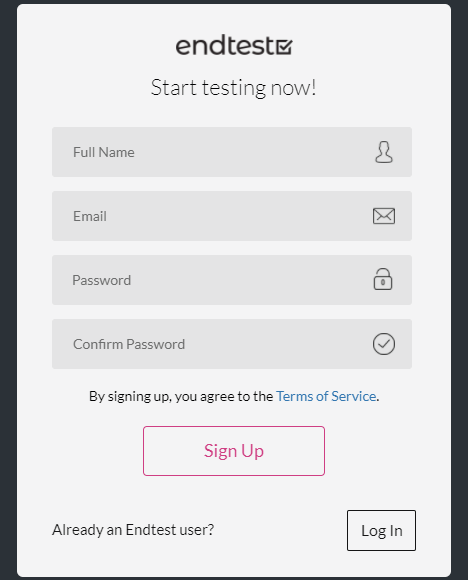
Recording Function
Once you open the Chrome extension, you’d have to select either the ‘Start from here’ or the ‘Start from URL’ and hit the ‘Start Recording’ button.
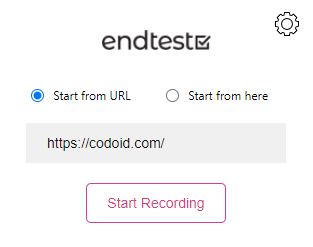
So Endtest.io will now record each and every step you take while performing the test scenario. If needed, you can even pause the recording at any given moment. Once you’ve finished your test scenario, head back to the Endtest.io Chrome Extension and click on the Stop recording button.
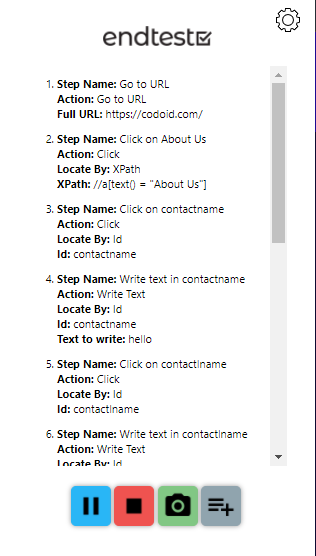
Endtest.io has some predefined settings from which we can choose different options based on the testing requirements and needs. These user-friendly options shown in the image make it even easier for us to use the recording feature with full accuracy.
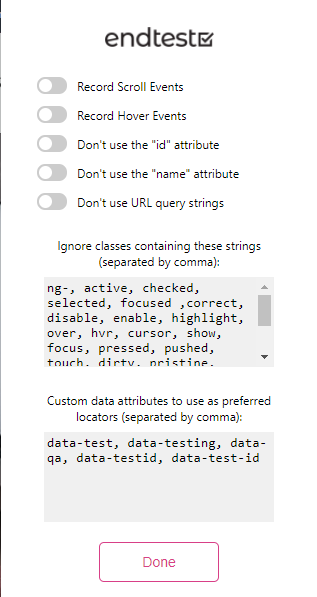
Test Case and Test Suite
So once the recording part has been done, you will be able to assign a name to the test case you just recorded. If you want to add the test case to an existing test suite, you can do so. If not, you can also create a test suite and add the test case to that.
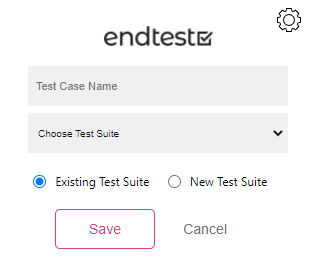
For the sake of explanation, we have named this test case as ‘Codoid’ and created a test suite by the name ‘Demo’. Once you press the ‘Save’ button, you will be taken to the Endtest.io site’s Web Tests page as shown below.
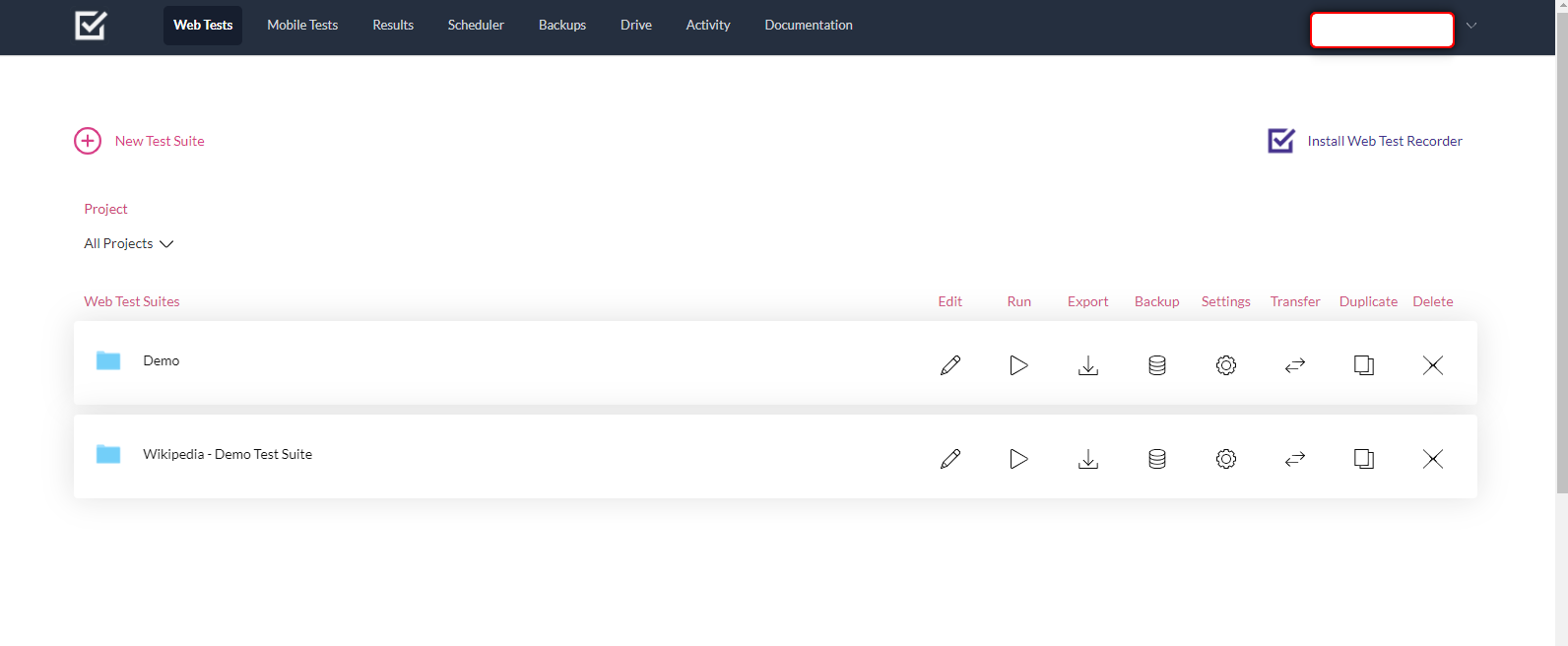
As seen in the image, there are various options such as edit, run, export, and so on. But since we’re not trying to do any of that with the test suite now, let’s just click on the Test Suite named Demo.
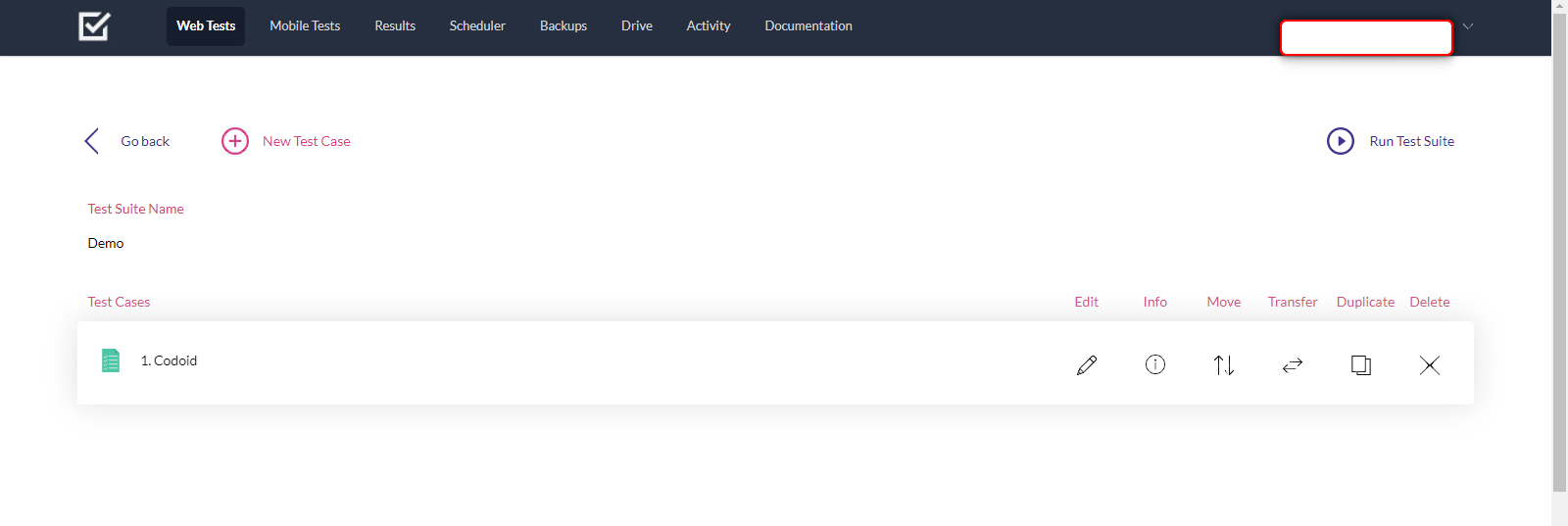
Inside you will find all the test cases that you have created under that particular Test Suite. In this case, we have created just one test case named ‘Codoid’. So let’s click on that to see the steps that were previously recorded.

So it is evident here that the test case can be edited without any hassle as there are options to skip, move, and even remove a particular action which we had recorded earlier. In addition to such basic options, you can even edit the type of action that you recorded and choose the type of locating technique that you want to use.
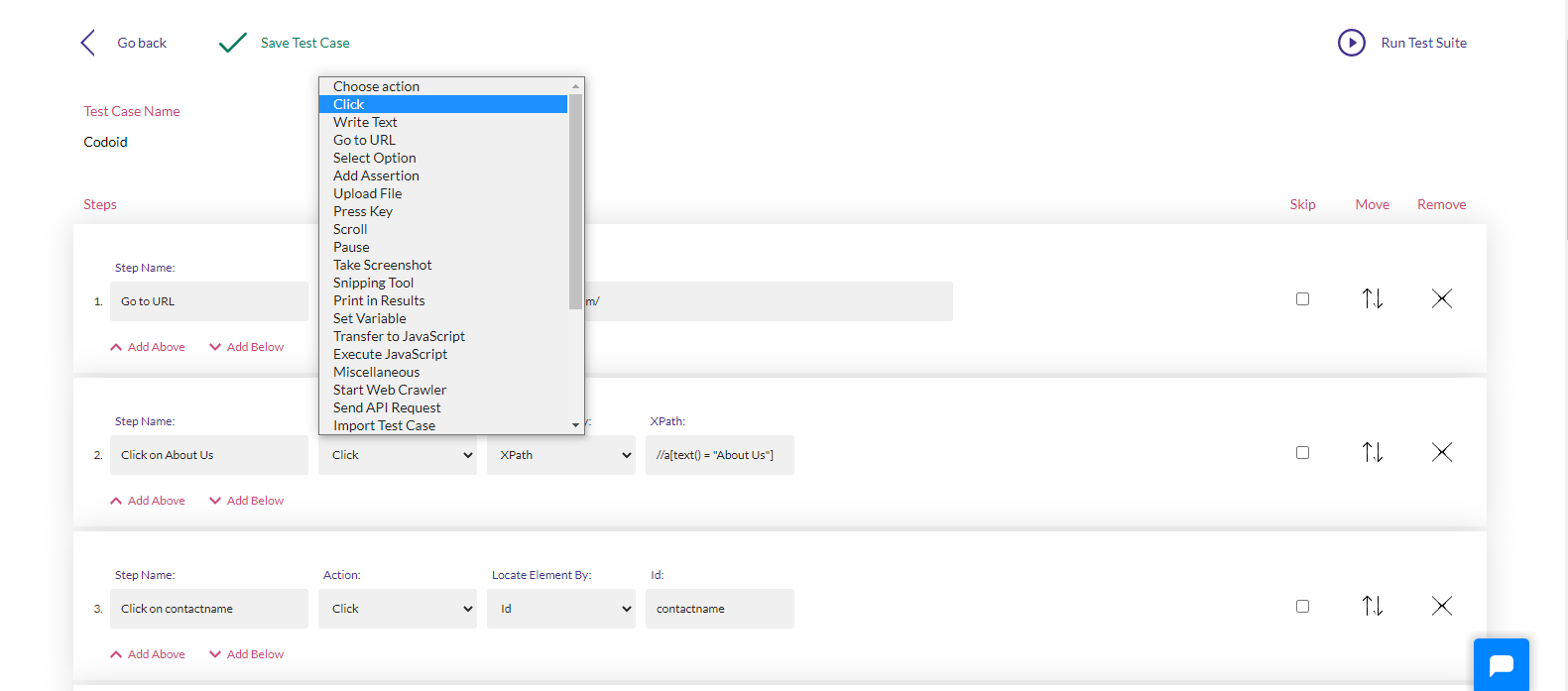
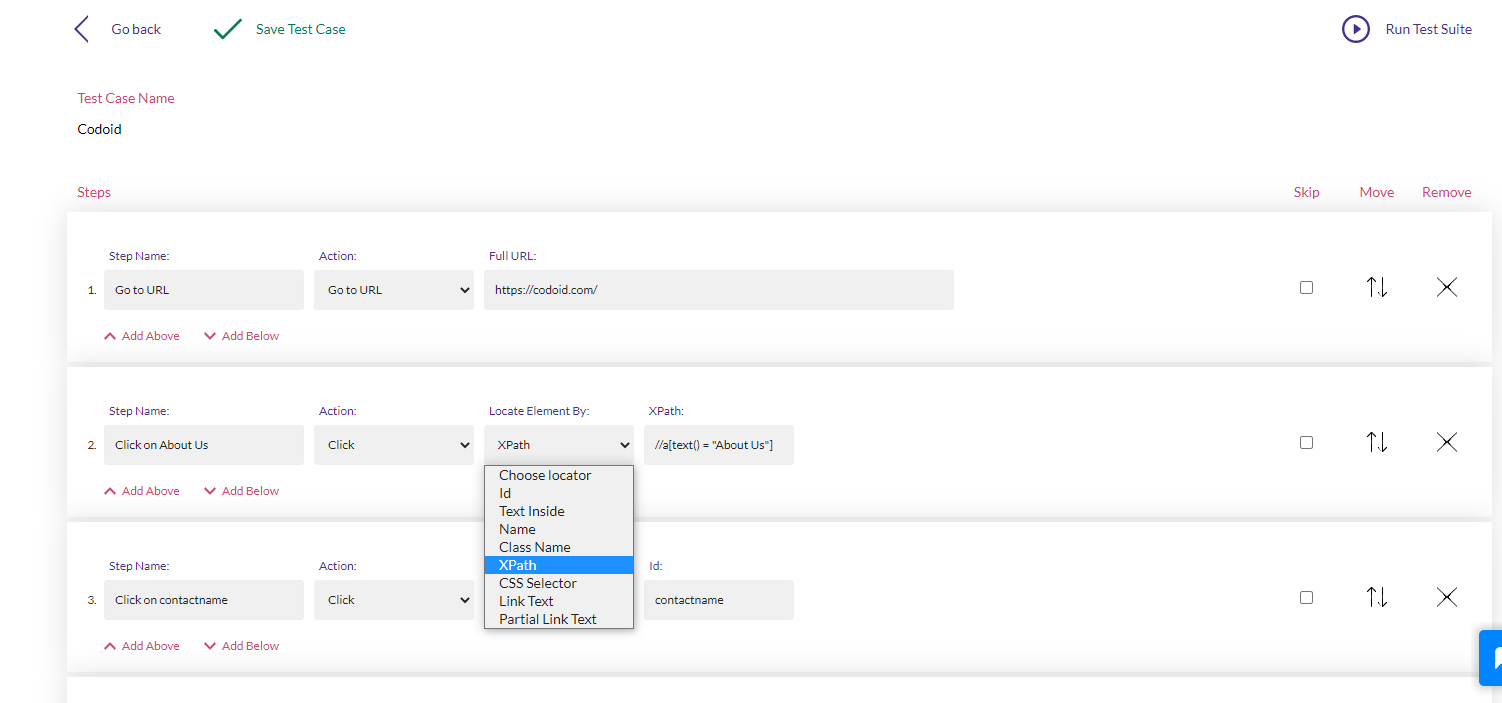
Conclusion:
With all such easy editing options and its ability to easily generate all the possible locators for the particular function in the application, Endtest.io makes it easy to write, edit, and scale automation scripts for even complex applications. In addition to that, you also be able to view detailed results of the execution, take screenshots, schedule the test execution, detect changes, and so much more. Here at Codoid Innovations, we are always focused on delivering true automation solutions that require no interference or supervision. Endtest.io is an automation tool that helps us achieve this target and enable us to provide our clients with top-notch automation testing services.

by admin | Dec 23, 2021 | Automation Testing, Blog, Latest Post |
As the name suggests, codeless automation testing is the process of performing automation tests without having to write any code. Codeless Automation Testing can be instrumental in implementing continuous testing as the majority of automation scripts fail due to the lack of proper coding. It will also enable you to focus more on test creation and analysis instead of worrying about getting the code to work, maintaining it, and scaling it when needed as well. So if you are fairly new to codeless automation testing, then you will find this blog useful as we will be pointing out the advantages of codeless automation testing by comparing it with Selenium Testing. So let’s get started.
How is Codeless Automation Testing Different from Selenium Testing?
Selenium is a tool that greatly simplified the automation testing process. It even allows software testers to record their testing and play it back using Selenium IDE to create basic automation. But there was no easy option to edit the created test cases without being strong in coding. So if you weren’t strong in coding, the only other option would be to rerecord the entire test. But now with the introduction of codeless automation testing, you can go beyond the record and playback technique. So the scope of usage is broadened as it even makes it possible to edit the test cases with basic HTML, CSS, and XPath knowledge. Owing to the minimal use of coding, tests can be easily understood by people without much programming knowledge as well. To top it all off, the setup process is so simple that you can set it up in no time.
Getting Started with Codeless Automation Testing
So it is evident that codeless solutions are a lot more powerful in comparison. But one has to keep in mind the fact that it will work effectively only if they are used appropriately. It is always a good idea to get started with simple tests that can be validated easily. For example, if you are testing an e-commerce product, start by seeing if you are able to add a product to the cart. Once you familiarise yourself, you can go a notch higher and try testing the purchase and return/exchange process. It wouldn’t be wise to use codeless solutions in products that use third-party integrations or has a dynamic and unpredictable output as it becomes very difficult to validate them.
Local and Cloud Options
You can either opt for local codeless solutions or cloud-based solutions. As one of the best automation testing companies, we always prefer cloud-based solutions as they offer more advantages. Collaboration is one of the main plus points as it will enable seamless sharing of test data and test scenarios. In addition to that, you will be to scale your services better with the help of the many virtual machines and mobile devices available online. Since your infrastructure becomes more robust, your overall process quality will also drastically improve.
The Future of Codeless Automation Testing
Though complete codeless automation isn’t yet possible in the same way how all manual tests can’t be automated, it is the natural next step that testers have to take. Repetitive tests were replaced with automation using scripts and now repetitive automation coding is being replaced with codeless solutions that utilize machine learning and AI. But as it always has been, manual testing and scripted automated testing will still play a major role in software testing.

